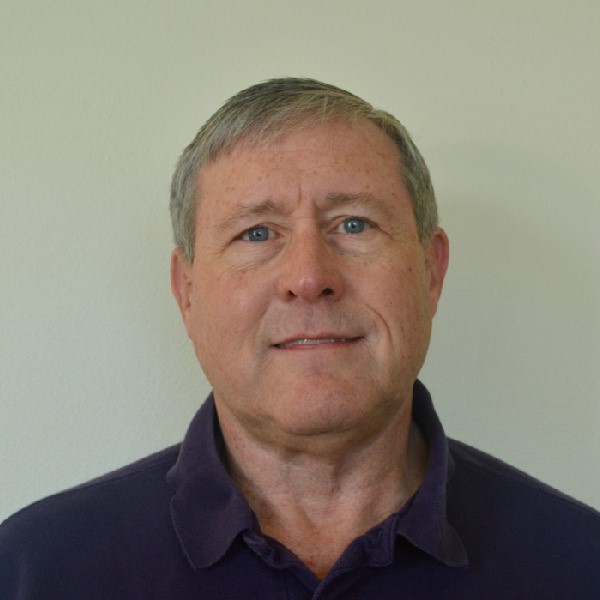|
|
Biography: Mark Swaney is a commercial pilot, test pilot, flight instructor and educator who has spent many years of his career either involved with flight test of military and commercial aviation systems or teaching aircraft and avionics systems flight test. Mark studied aerospace engineering at the University of Cincinnati and co-op'd in experimental flight test at Gates Learjet Corporation. After completion of commercial pilot training, Mark participated in modification and certification flight test of new and modified Learjet systems. Upon graduation, he volunteered for the US Navy and was designated a Naval Flight Officer. Mark served as a Radar Intercept Officer flying the F-14 Tomcat in operational fighter squadrons. He completed the US Naval Test Pilot School as a Test Naval Flight Officer and served in numerous flight test roles involving tactical avionics systems, weapons systems, advanced flight controls, structures, and engines. He was project officer for the upgrade to the Super Tomcat, was the lead flight test officer for the AN/APG-71 radar system and project RIO for the Infrared Search and Track System. Mark was designated an Aerospace Engineering Duty Officer and a Weapon System Acquisition Manager. His later assignments were Commanding Officer, Naval Air Pacific Repair Activity; Operations Officer, Program Executive Officer for Tactical Aircraft Programs; Commander, Naval Test Wing Pacific; and Vice Commander, Naval Air Warfare Center Weapons Division. He retired from the Navy with 30 years of service and then applied his expertise to educating students about avionics flight test at National Test Pilot School.
|


 Cart (0)
Cart (0)

